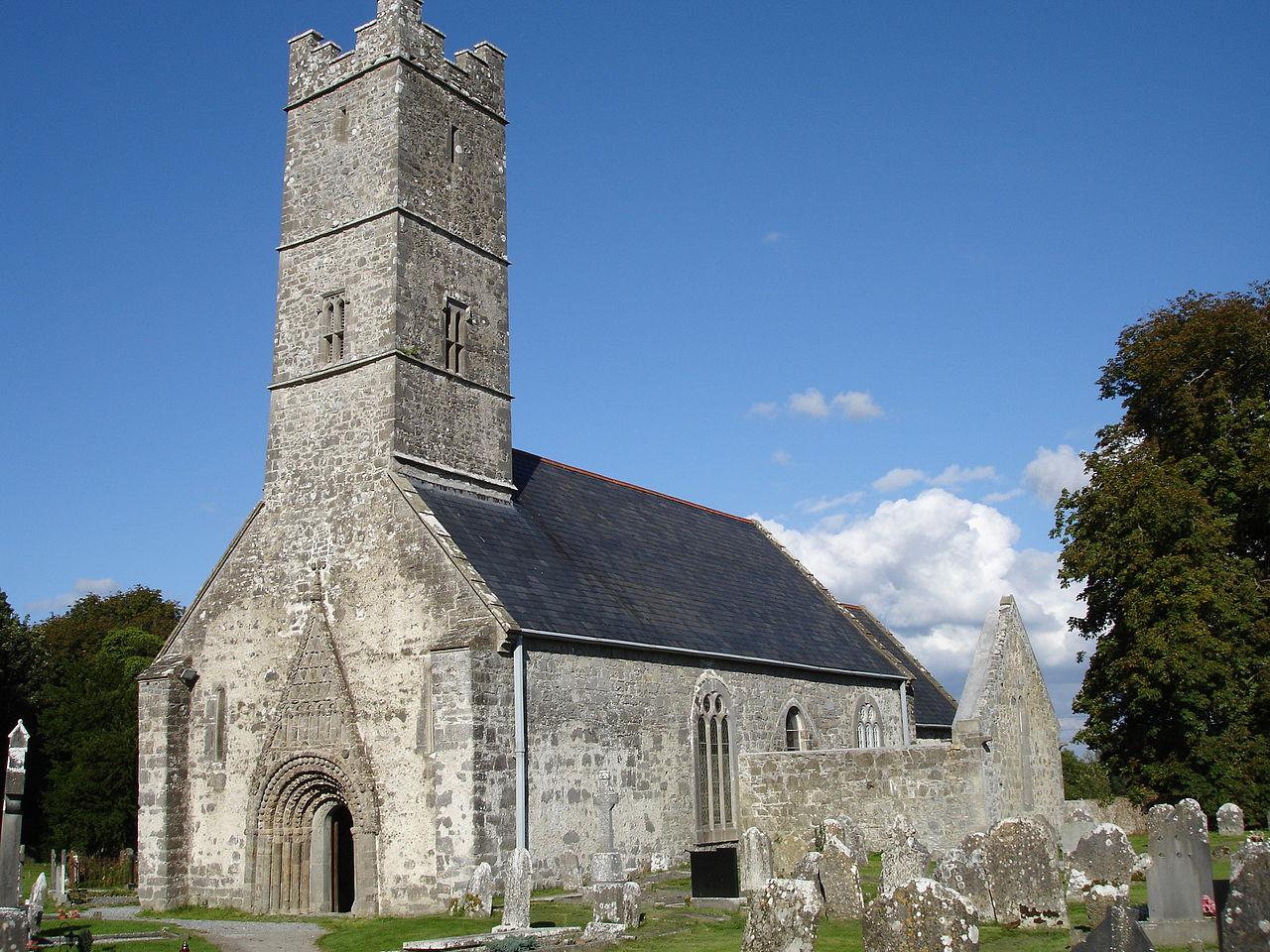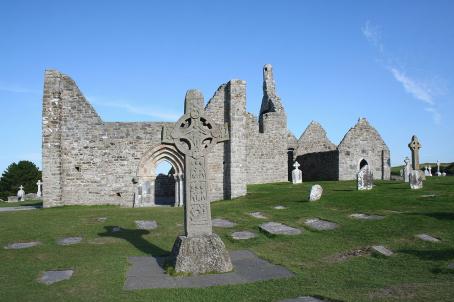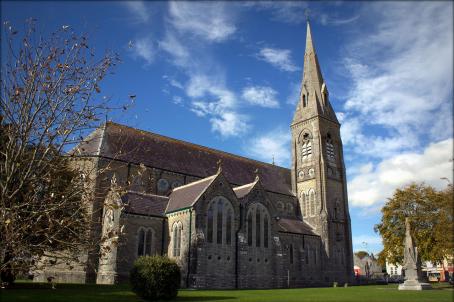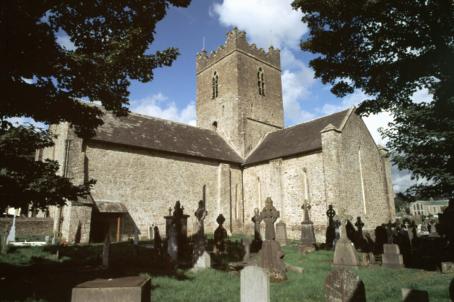Clonfert Cathedral
Clonfert Monastery and Cathedral is a religious building founded by St Brendan in the 6th century. Its abbey church became St Brendan's Cathedral. The oldest part of the present church dates from about 1180. It is Romanesque in style, with carved motifs of human and animal heads and foliage. Its southern transept, which has fallen into ruin, dates from this period; a later northern transept, in the Gothic style, has been removed.






